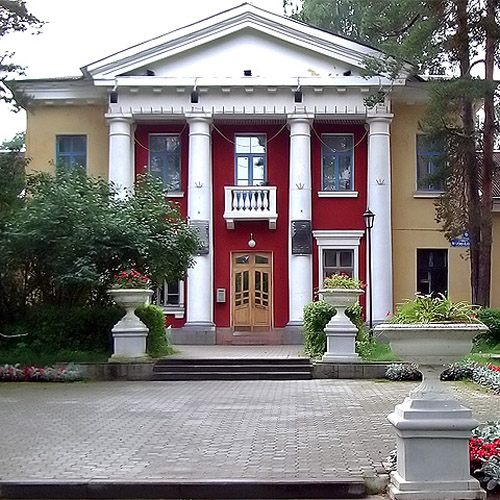Dubnium
105
Db
Group
5
Period
7
Block
d
Protons
Electrons
Neutrons
105
105
157
General Properties
Atomic Number
105
Atomic Weight
[268]
Mass Number
262
Category
Transition metals
Color
n/a
Radioactive
Yes
Named after the Russian town of Dubna
Crystal Structure
n/a
History
Dubnium was reportedly first discovered in 1968 at the Joint Institute for Nuclear Research at Dubna.
Researchers there bombarded an americium-243 target with neon-22 ions.
In the same year, a team led by Albert Ghiorso working at the University of California, Berkeley conclusively synthesized the element by bombarding a californium-249 target with nitrogen-15 ions.
Researchers there bombarded an americium-243 target with neon-22 ions.
In the same year, a team led by Albert Ghiorso working at the University of California, Berkeley conclusively synthesized the element by bombarding a californium-249 target with nitrogen-15 ions.
Electrons per shell
2, 8, 18, 32, 32, 11, 2
Electron Configuration
[Rn] 5f14 6d3 7s2
The Berkeley team proposed the name hahnium for the element
Physical Properties
Phase
Solid
Density
39 g/cm3
Melting Point
-
Boiling Point
-
Heat of Fusion
n/a
Heat of Vaporization
n/a
Specific Heat Capacity
-
Abundance in Earth's crust
n/a
Abundance in Universe
n/a

Image Credits: Wikimedia Commons (Hrustov)
The element is named after after the Russian town of Dubna, the location of the Joint Institute for Nuclear Research
CAS Number
53850-35-4
PubChem CID Number
n/a
Atomic Properties
Atomic Radius
-
Covalent Radius
149 pm
Electronegativity
-
Ionization Potential
-
Atomic Volume
-
Thermal Conductivity
0.58 W/cm·K
Oxidation States
5
Applications
Dubnium is used for scientific research purposes only.
Dubnium is harmful due to its radioactivity
Isotopes
Stable Isotopes
-Unstable Isotopes
255Db, 256Db, 257Db, 258Db, 259Db, 260Db, 261Db, 262Db, 263Db, 264Db, 265Db, 266Db, 267Db, 268Db, 269Db, 270Db